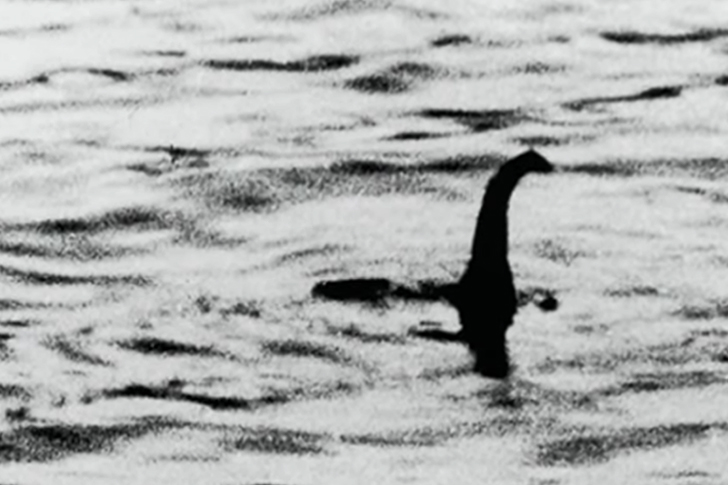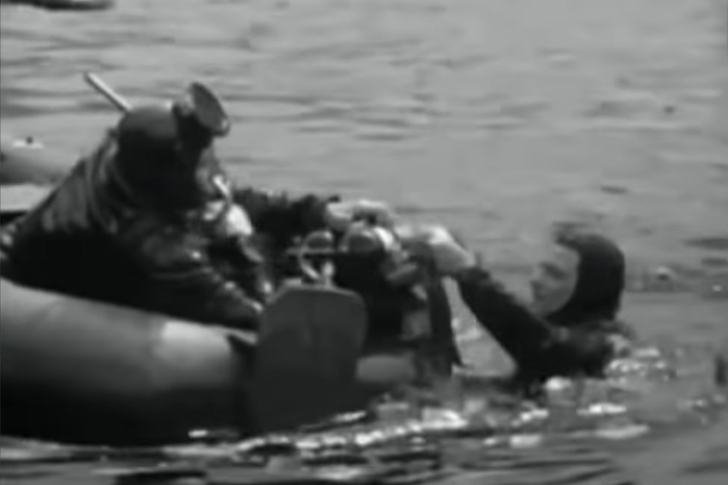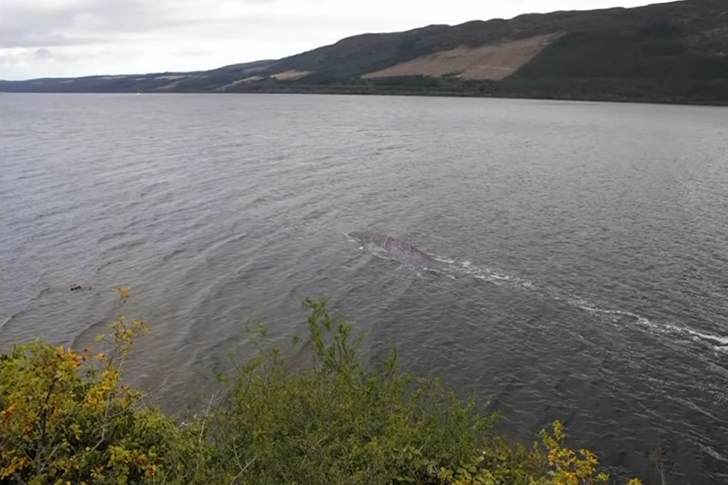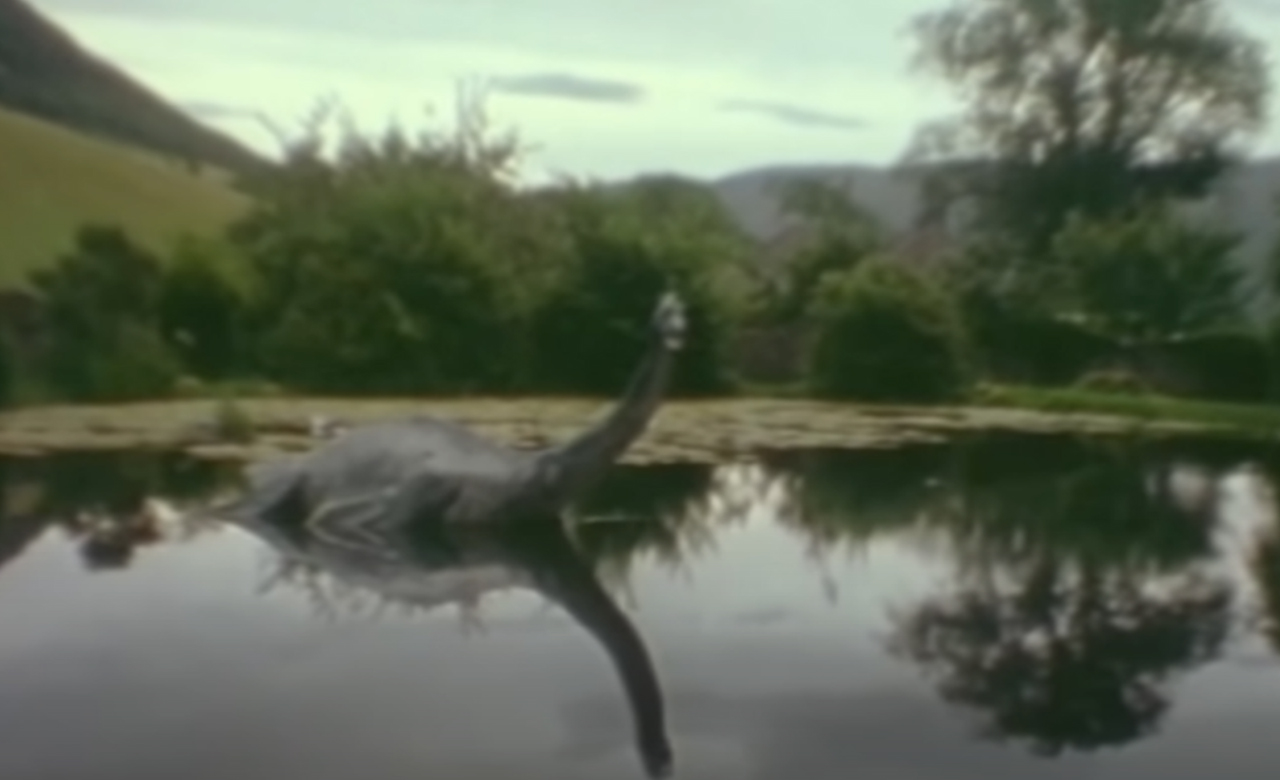Called Nessie or Niseag by locals, the Loch Ness monster is perhaps one of the most extensively talked about and documented mythical animals apart from Bigfoot. Reports of this so-called “monster” living in the Scotland Highlands dates back to 565 when Saint Columba saw a group of men burying a man. He was told that the man was swimming along the River Ness when a water beast with flippers attacked him. The men tried saving him but failed. So what Saint Columba did was to send a follower, who encountered the said monster, and when he made the sign of the cross and banished the water beast, to a degree, it appeared taken aback and fled.
Sightings of the monster
The tale of the Loch Ness monster appears to be partially inspired by local folklore, considering that their literature abounds with many mythical creatures such as the sea mither, mermaids, and the Kelpies. In 1933, the legend began to make the headlines again. During that time, a road near the loch was finished, allowing an unobstructed view of the lake. A couple then claimed that they saw a large creature similar to that of a dragon crossed their car’s path, disappearing into the water. It was unclear whether they pressed the gas pedal to run as fast as possible, but the couple was surely very shocked, and the incident made its way to the newspapers.

In December that year, the Daily Mail asked Marmaduke Wetherell, a well-known beast hunter, to locate the lake monster. He found what appeared to be footprints, and according to Wetherell, the degree of indentation and the size of the prints pointed to a large and powerful yet soft-footed animal about six meters long. Closer inspection, however, revealed that they were made with an ashtray or umbrella stand, using a hippopotamus leg as the base. Whether Wetherell was involved in the fraud was not determined.
These pieces of news only encourage people to look for the monster more. The following year, a physician, Robert Kenneth Wilson, was given credit for the now widely circulated “surgeon’s photograph of the alleged monster. The image showed a long-necked aquatic animal. Scientists compared it to the now-extinct Plesiosaur, a marine animal.

The photograph had since been proven to be a hoax in the 1990s when it was revealed that Wetherell took the photo using a toy submarine, with a wooden head and neck added onto it. However, the elaborate hoax was the subject of publicity and scrutiny from the time the photograph was released until the time it was discovered to be the result of careful manipulation. Certainly, Wetherell and all those involved made the necessary investments to craft such a fraudulent image—as to what end, they are the only ones who know.
In 2018, researchers took a great degree of effort to take a DNA map of the lake to figure out what animals lived in it. They found no traces of Plesiosaur DNA or that of any other large animal. There was no alien DNA either. Others have speculated that the monster they spotted was simply a giant eel—which was entirely plausible.

Explanations
Ronald Binns, a former member of the Loch Ness Phenomena Investigation Bureau, wrote in his two books—the 1983 The Loch Ness Mystery Solved, and his 2017 The Loch Ness Mystery Reloaded—that one feature of the human eye and brain was its ability to see what it wanted to see, hear, or expect. To a degree, this is a correct assertion since the human mind is biased that way. Also, it can be argued that the sightings of the monster are a sociological phenomenon that binds the community together, despite the doubts on the existence of the giant creature.
To this day, the Loch Ness monster remains popular, and many people have carved out a portion of their investment money just to tour Scotland and its neighboring areas. There is no harm in going to Scotland anyway as there are many great tourist spots in the area, including Edinburgh Castle, Loch Lomond, and the Quillin Hills.

